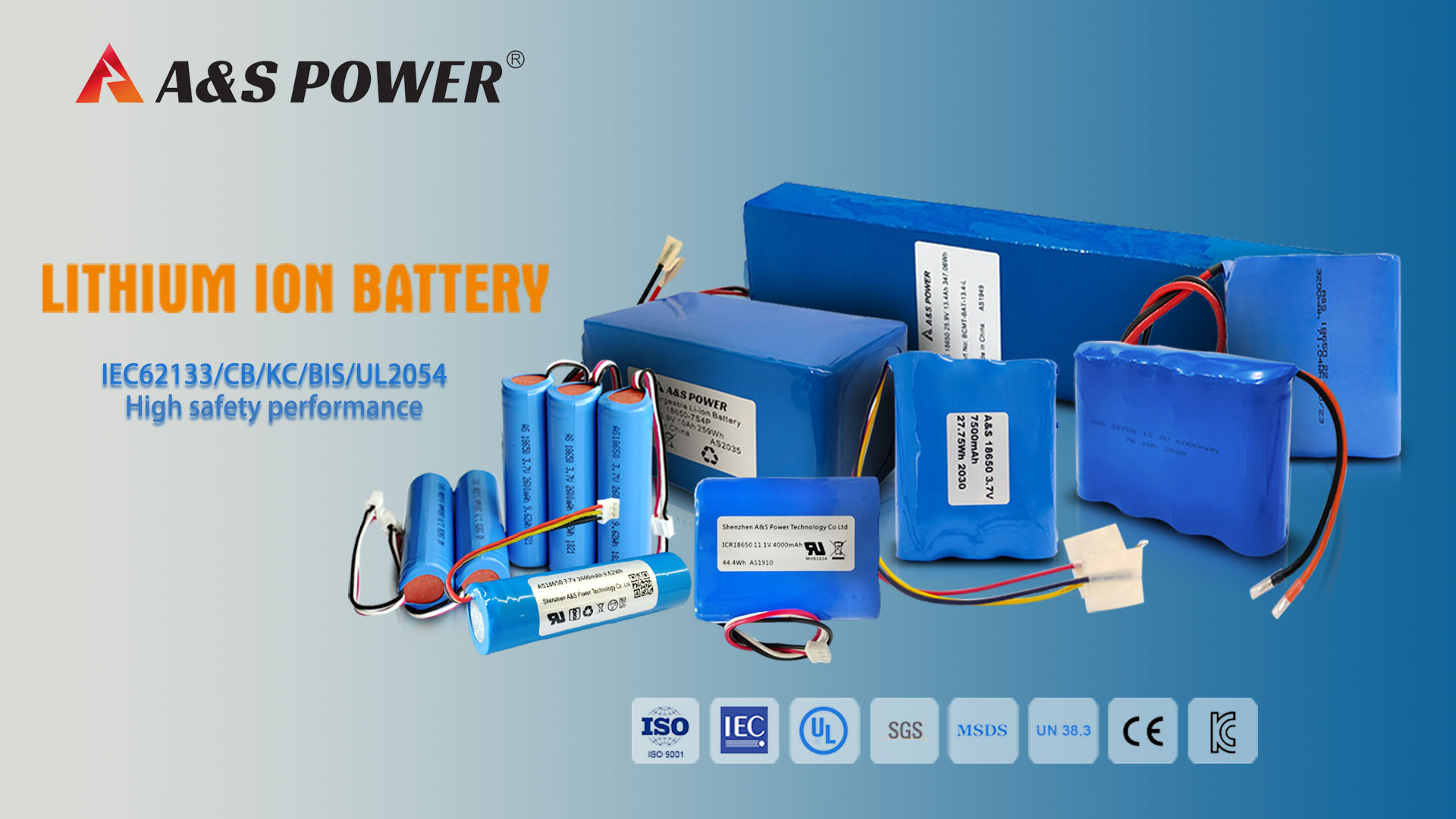Battery
Application
Hot product
Contact us
Properties of Li-ion Battery Separator
2022-08-01
Properties of Li-ion Battery Separator
The lithium-ion battery separator is located between the positive electrode and the negative electrode, and its main function is to separate the positive and negative active materials to prevent the two electrodes from being short-circuited due to contact; in addition, during the electrochemical reaction, it can maintain the necessary electrolyte and form a channel for ion movement . The diaphragm material is non-conductive, and the diaphragm used is different for different types of batteries. For lithium-ion batteries, since the electrolyte is an organic solvent system, the separator is required to have the following properties.
2. High mechanical strength and long service life.
3. The ionic conductivity of the organic electrolyte is lower than that of the aqueous system. In order to reduce the resistance, the electrode area must be as large as possible, so the diaphragm must be very thin.
4. When an abnormality occurs in the battery system, the temperature rises. In order to prevent danger, when the rapid heat generation temperature (120-140°C) begins, the thermoplastic diaphragm melts, the micropores are closed, and it becomes an insulator to prevent the electrolyte from passing through, thereby achieve the purpose of interrupting the current.
5. From the perspective of lithium batteries, it must be fully impregnated with organic electrolyte, and can maintain a high degree of impregnation during repeated charge and discharge.
The lithium-ion battery separator is located between the positive electrode and the negative electrode, and its main function is to separate the positive and negative active materials to prevent the two electrodes from being short-circuited due to contact; in addition, during the electrochemical reaction, it can maintain the necessary electrolyte and form a channel for ion movement . The diaphragm material is non-conductive, and the diaphragm used is different for different types of batteries. For lithium-ion batteries, since the electrolyte is an organic solvent system, the separator is required to have the following properties.
2. High mechanical strength and long service life.
3. The ionic conductivity of the organic electrolyte is lower than that of the aqueous system. In order to reduce the resistance, the electrode area must be as large as possible, so the diaphragm must be very thin.
4. When an abnormality occurs in the battery system, the temperature rises. In order to prevent danger, when the rapid heat generation temperature (120-140°C) begins, the thermoplastic diaphragm melts, the micropores are closed, and it becomes an insulator to prevent the electrolyte from passing through, thereby achieve the purpose of interrupting the current.
5. From the perspective of lithium batteries, it must be fully impregnated with organic electrolyte, and can maintain a high degree of impregnation during repeated charge and discharge.
The separator materials commonly used in batteries are generally microporous membranes made of cellulose or braided fabrics and synthetic resins. Lithium-ion batteries generally use high-strength, thin-film polyolefin-based porous membranes. Commonly used separators include polypropylene (PP) and polyethylene (PE) microporous separators, as well as copolymers of propylene and ethylene, polyethylene homopolymers, etc.
Follow us and explore more! 👉 Facebook












